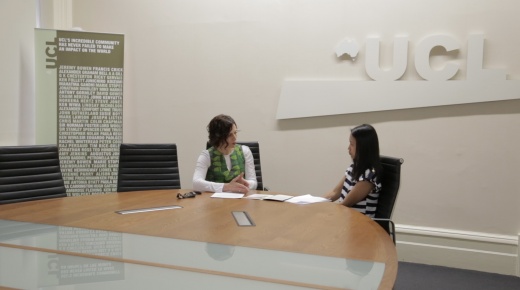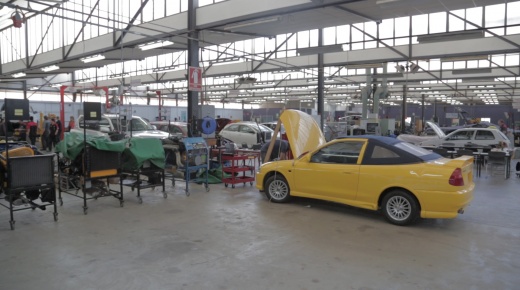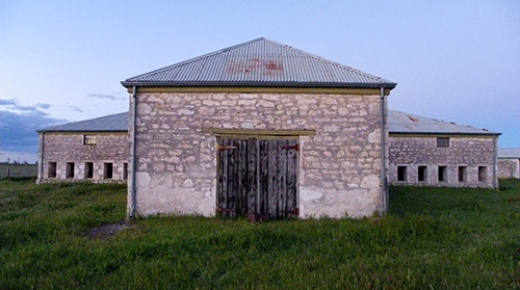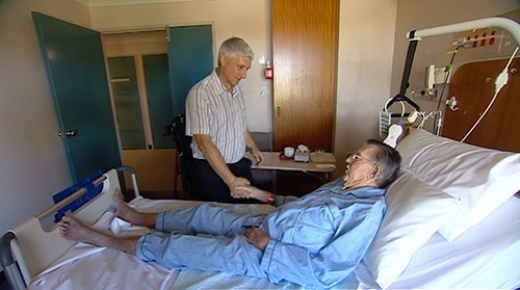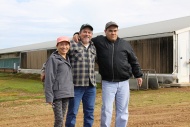Victorian Economy and Regional Communities

Victorian Economy
The Victorian economy is highly diversified. The services sector, including financial and property services, health and education, retail, hospitality and tourism all make significant contributions to employment in Victoria.
The manufacturing sector is also significant although not as important as it once was, largely due to the downturn in manufacturing in Australia in recent decades. This sort of re-structure is often the hallmark of a mature, developed economy.
Although the centre of economic activity is the Victorian capital, Melbourne, the regions also make a significant contribution to Victorian output either through tourism or primary industry such as wool, wheat and livestock or in some instances, secondary industry.
Currently, the Victorian economy has a number of challenges to deal with including a decline in motor vehicle manufacturing, and relatively low levels of activity in the retail and wholesale trade sectors. Further depreciation in the price of the Australian dollar, a low interest rate environment and an improvement in consumer sentiment will help to alleviate these difficulties.
As of May 2013, Average Weekly Earnings (AWE) in Victoria stood at $1338 per person. The median price of house in Melbourne in August 2013, was $545,000 and unemployment was 5.9% on a seasonally adjusted basis.
Victoria's economic outlook is sound, reflecting the State's competitive advantages. The State has maintained its AAA/Stable credit rating, which will assist in ensuring Victoria's economic stability and growth.
Currently, levels of consumption and private investment are stable, while strong agricultural output has added to GSP. Recently, Victorian consumer sentiment has started to improve with survey measures of this indictor above the medium term average.
Net merchandise exports were strong with a high 2012 winter crop yield bolstering exports. Strong agricultural output is expected to continue in the near term, strengthening exports.
In summary, the Victorian economy is resilient and stable with strong prospects for further economic growth in the future.

Major Regional Cities
Victoria is home to a number of major regional centres despite that fact that the vast majority of Victoria’s population is resident in Melbourne.
Geelong, Victoria’s second largest city, is located on the coast approximately 75 kilometres south west of Melbourne and has a population of around 215,000 people. Geelong was established as a centre for the wool industry of the western districts of Victoria and the first wool stores were constructed in 1840’s. Geelong also benefited from the discovery of gold at nearby Ballarat in the 1850’s as it was the closest port to the goldfields.
By the mid 1900’s Geelong was well established as an industrial centre with car production, wool mills, rope works and paper plants all contributing to industrial activity in the city. Since this time however, Geelong has had to adjust to changes in the economy and, from this peak level of industrial activity, Geelong has slowly moved towards more of a focus on the provision of services. Currently, manufacturing and processing industries providing around 15,000 jobs, followed by 13,000 in retail, and 8,000 in health and community services.
Bendigo is a regional centre with a population of around 83,000 located approximately 150 kilometres north west of Melbourne.
Bendigo was one of the Victorian towns caught in the gold mining boom of the 1850’s when it became a significant centre of growth for the fledgling Victorian economy. It is still an important financial centre today as the head quarters of the Bendigo Bank and home of the Bendigo Stock Exchange.
Bendigo has a large and service economy which is continuing to grow. The major industries are commerce, tourism, education and primary industries, with some specialised engineering industries also operating.
Ballarat, a city of around 90,000 people,is located 105 kilometres to the north west of Melbourne. Like Bendigo, Ballarat grew rapidly in the mid 1800’s as a result of the Victorian gold rush. Much of the heritage and architecture from this boom period is still celebrated in Ballarat today.
Ballarat in the 21st Century is primarily a service centre with offices of the federal and state governments, tourism, retail and professional services providing the majority of economic activity for the city and region. Ballarat is also engaged in the information and communications industries with Ballarat Technology Park employing well over 1,000 people.


